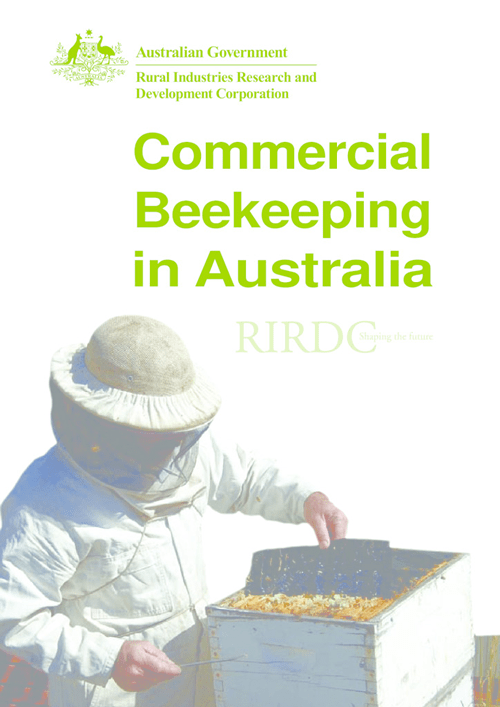This report is an overview of beekeeping in Australia—a description of the industry, resource base, production practices and management. Beekeepers have been assisted in their endeavours, particularly in recent years, by world standard research and RIRDC’s Honeybee R&D Program aims to to improve the productivity and profitability of the Australian beekeeping industry.
Australian honey is regarded on the world market as a premium quality product. It is produced over a large area from a wide variety of flowering plants which, because of fluctuating rainfall patterns and the extended budding cycles of much of the honey producing flora, tend to flower spasmodically. Average Australian honey production ranges between 20–30,000 tonnes per year. The gross value of production is estimated to average around $65 million and the average production per hive was 118 kilograms per hive in 2005.There are around 9,600 apiarists in Australia operating around 500,000 hives.
Over 70% of hives are operated by commercial beekeepers managing more than 200 hives. Most commercial honeybee keepers are regionally based. Domestic honey consumption is likely to remain relatively elastic with other spreads representing a close substitute as retail prices increase. There is currently a strong demand in the horticultural industry for hive pollination services. Future growth of the honeybee industry is dependent on international demand and supply conditions, access to public flora resources and the industry’s ability to cope with pests and diseases.





